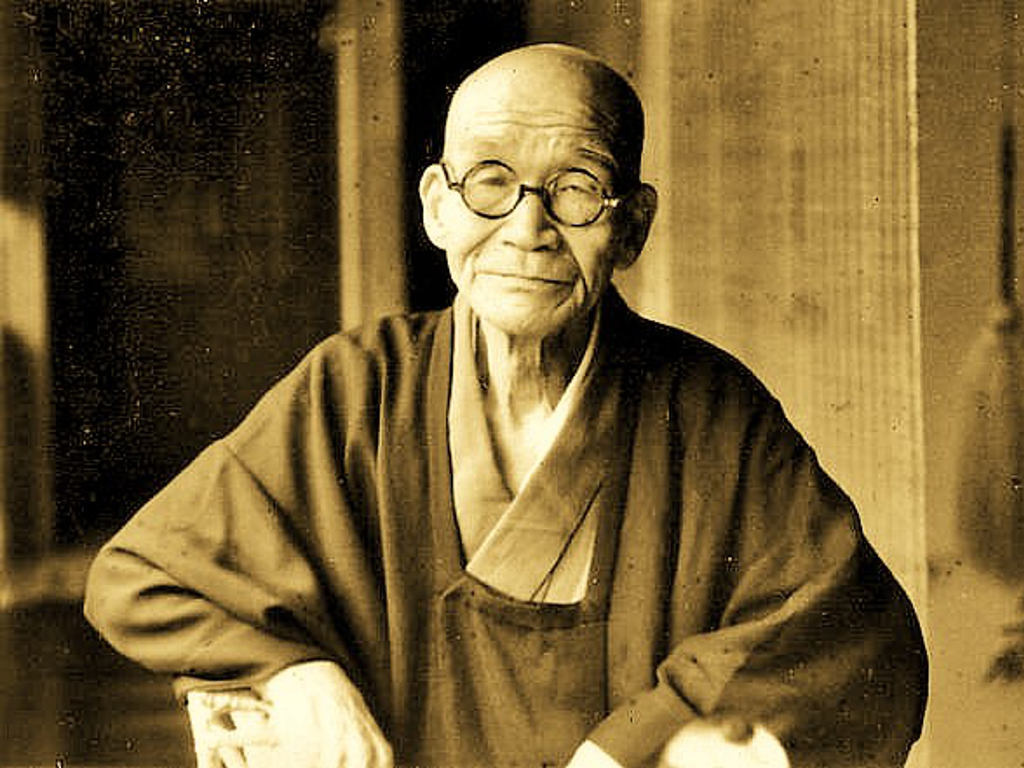
Lo Zen
The main part of this book, the wisdom from Kodo Sawaki Roshi and commentary by Kosho Uchiyama Roshi, originally appeared as a series of newspaper articles by Uchiyama Roshi, which ran from January 1966 to February 1967 in the religious column of the Japanese newspaper Asahi Shimbun. The fifty-six articles were

TRADIZIONE Shobogendo
Amazon.com: The Zen Teaching of Homeless Kodo: 9781614290483: Uchiyama Roshi, Kosho, Okumura, Shohaku, Whitehead, Jokei Molly Delight, Okumura, Shohaku: Books Books › Religion & Spirituality › Buddhism Try Prime and start saving today with Fast, FREE Delivery Buy new: $14.73 List Price: $17.95 Details Save: $3.22 (18%)

Statue Of Sawaki Kodo Roshi At Sengakuji Temple In Tokyo, Japan
Kodo Sawaki Roshi (1880-1965) Kodo Sawaki, unlike other masters, refused to take charge of the monasteries offered him during his lifetime, and so he was called "Homeless Kodo." After an unhappy childhood as an orphan raised by a gambler uncle, Kodo ran away from home in search of a monastery that would take him. The Sino-Japanese War added.

Pin di Carta en Ia pequeña botella su 澤木興道【 “ Kodo Sawaki ” is
Abandon your treasured delusions and hit the road with one of the most important Zen masters of twentieth-century Japan. Eschewing the entrapments of vanity, power, and money, "Homeless" Kodo Sawaki Roshi refused to accept a permanent position as a temple abbot, despite repeated offers. Instead, he lived a traveling, "homeless" life, going from.

Estatua de Sawaki Kodo Roshi, uno de los maestros Zen líderes e
Sawaki's unmistakable and authentic voice can be savored in this fine translation, which will offer many Westerners their first glimpse of this compelling Zen personality." —PETER HASKEL, author of Bankei Zen "Discovering the True Self is the best new book in English about Kodo Sawaki Roshi's life and teachings and his influence on his

Descubrir el verdadero yo, Kodo Sawaki Roshi
Kodo Sawaki Roshi [1880-1965] was commonly referred to as "Homeless Kodo" due to his nomadic lifestyle. In the tradition of Soto Zen, which emphasizes zazen (sitting meditation practice) above the use of texts and koans, he is one of the most influential teachers of the twentieth century.

Raphaël Doko Triet Seikyuji
Sawaki Kodo became abbot of Antaiji in 1949, when the temple was still located in northern Kyoto. Sawaki Roshi was the Zen master who brought the degenerated Zen of the 20th century back to its roots: The practice of Zazen without the expectation of gain.
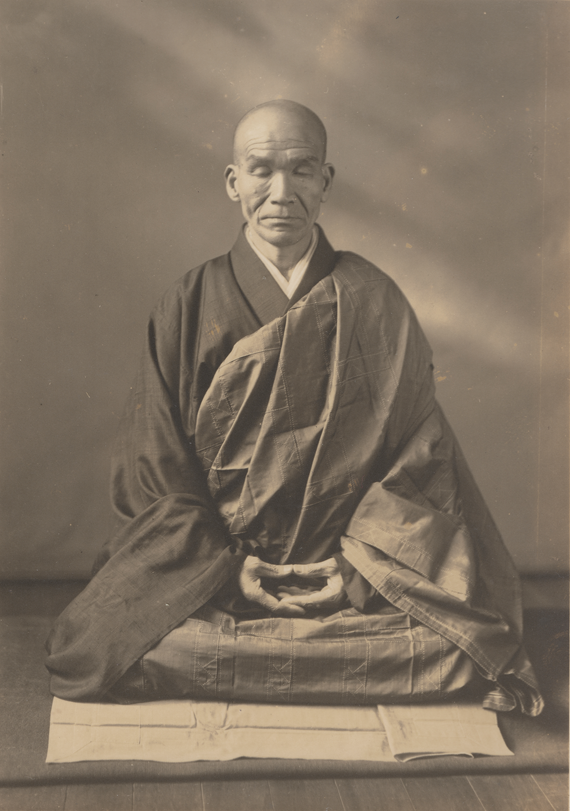
Kodo Sawaki Roshi Gives 17 Pieces of Life Advice Tricycle
Kodo Sawaki Roshi [1880-1965] was commonly referred to as "Homeless Kodo" due to his nomadic lifestyle. In the tradition of Soto Zen, which emphasizes zazen (sitting meditation practice) above.

Statue of Sawaki Kodo Roshi, Sengakuji Temple in Tokyo Stock Photo
"Yadonashi Kōdō Hokkusan" ("The Dharma of Homeless Kodo"), published in 1972 - a collection of Dharma words by Sawaki Kodo with commentaries by Uchiyama Kosho.

Kodo Sawaki Roshi Gives 17 Pieces of Life Advice Tricycle
Kodo Sawaki Roshi, Uchiyama-roshi's teacher, was described as being "like an ancient Zen master: fearless and unconventional." By age 7, both his parents and the uncle who had later adopted him had died, and he was adopted by a professional gambler. At age 16 he went to Eihei-ji with aspirations of becoming a monk.
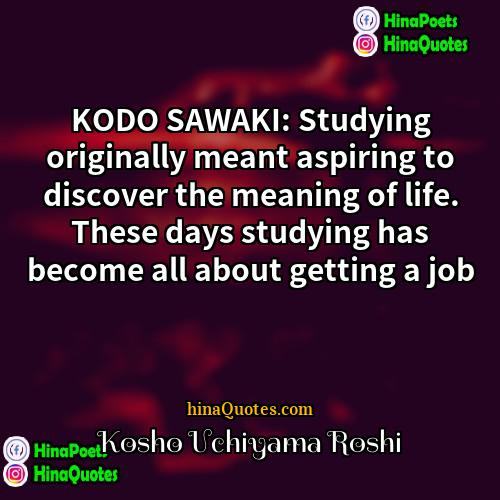
Kosho Uchiyama Roshi Quotes KODO SAWAKI Studying originally meant
Kodo Sawaki (沢木 興道, Sawaki Kōdō, June 16, 1880 [1] - December 21, 1965) was a prominent Japanese Sōtō Zen teacher of the 20th century. He is considered to be one of the most significant Zen priests of his time for bringing Zen practice into the lives of laypeople [2] and popularizing the ancient tradition of sewing the kesa.

TOKYO, JAPAN APRIL 20 2018 Statue of Sawaki Kodo Roshi, one of the
Kodo Sawaki was born the sixth child in a family of a factory worker, a well-off family of seven brothers, near to the shrine at Ise. He was called Tsaikichi. When he was five years old, his mother died and, at the age of eight, his father died too.
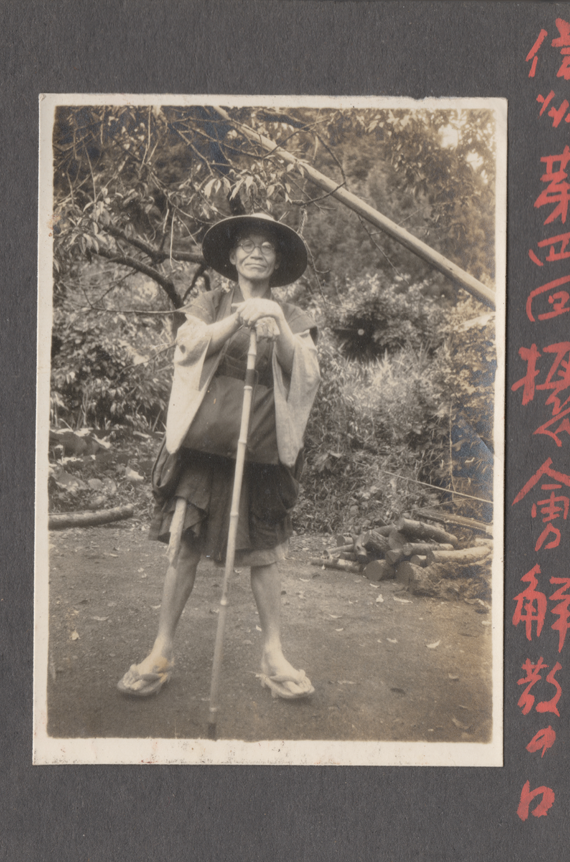
Kodo Sawaki Roshi Gives 17 Pieces of Life Advice Tricycle
Kosho Uchiyama was born in Tokyo in 1912. He received a master's degree in Western philosophy at Waseda University in 1937 and became a Zen priest three years later under Kodo Sawaki Roshi. Upon Sawaki's death in 1965, he became abbot of Antaiji, a temple and monastery then located on the outskirts of Kyoto. Uchiyama Roshi developed the.

Kodo Sawaki
A The Zen Teaching of Homeless Kodo No Needto Be Chained Having Finally Returned to a True Way of Life WhatIs Efficiency For? Seeing with Fresh Eyes The Greatness of Sawaki Roshi Returningto.

Zen ni kike Sawaki kodo roshi no kotoba. Amazon.co.uk 9784804613697
Kodo Sawaki Roshi [1880-1965], or " Homeless Kodo ," as he came to be known, was one of the most influential Soto Zen teachers of the 20th century. Born in 1880 and orphaned in early childhood, Sawaki ran away from his caretaker at the age of 16 to become a monk.
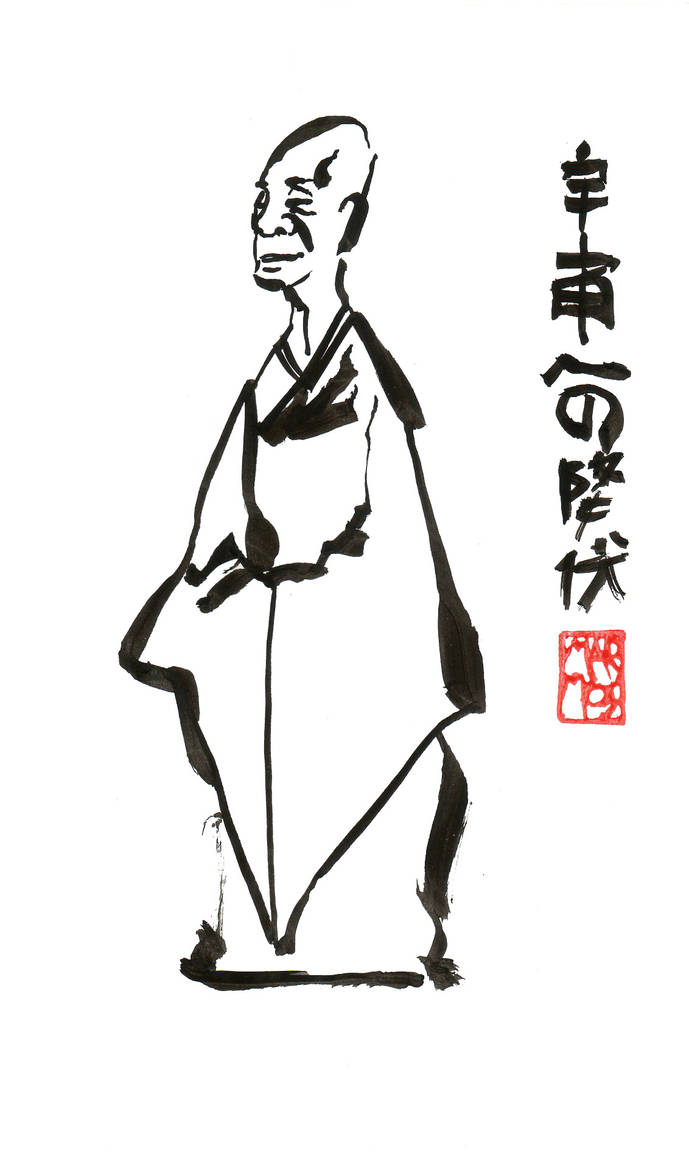
tribute to sawaki kodo roshi by MrcSoGe on DeviantArt
Kodo Sawaki (Japanese: 沢木興道, Sawaki Kōdō) (1880-1965) is considered by some to be the most important Japanese Zen master of the 20th century. His parents died early and he grew up being adopted by a gambler and an ex-prostitute. When he was 16, he ran away from home to become a monk at Eiheiji, one of the two main temples of Soto Zen.First unsuccessful, he was finally ordained as a.